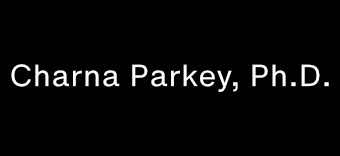Results:
- Performance is quantified using the inverse of the SINAD.
- Known Input Spectrum:
1500 taps
Input is filtered white noise, Butterworth 20th order wc cutoff
JL -79 to -25 dB
EO -62 to -35 dB
PLH -90 to -39 dB
FIR LMS -90 to -39 dB (best overall)150 taps FIR LMS clearly better (same performance), others have -70 and > dB
15 taps FIR LMS clearly better (same performance), others have -54 and > dB
- Unknown Input Spectrum
150 taps, fixed nominal filter Butterworth lowpass 10th order cutoff 0.4Hz
FIR LMS clearly better with nearly same performance, others have -88 and > - Periodic Input Signal
150 taps, Butterworth lowpass input filter 20th order cutoff 0.4Hz
FIR LMS clearly better -172.83 dB
PLH -71.65 dB
JL -30 dB
EO -58.37 dB
Final Comments:
Each of the methods can be shown to be equivalent in certain cases but the FIR LMS seems to out perform on a wide scale because of the optimal derivation.
Official Reference:
URL: http://ieeexplore.ieee.org/stamp/stamp.jsp?arnumber=4785489&isnumber=5308577
[]
